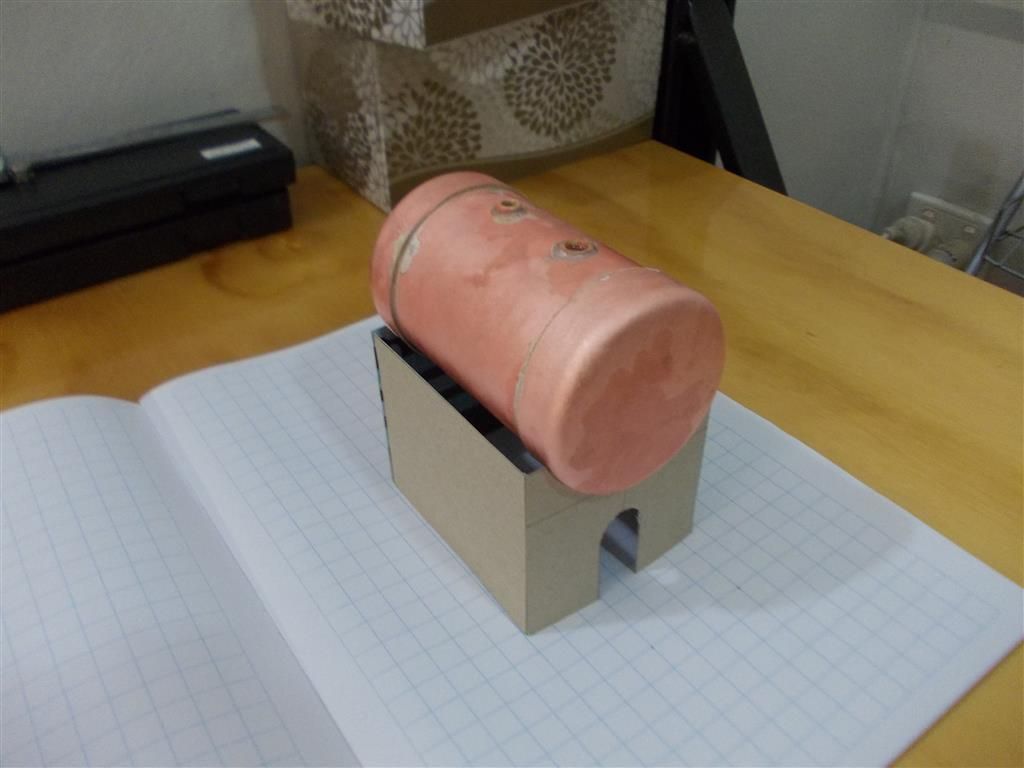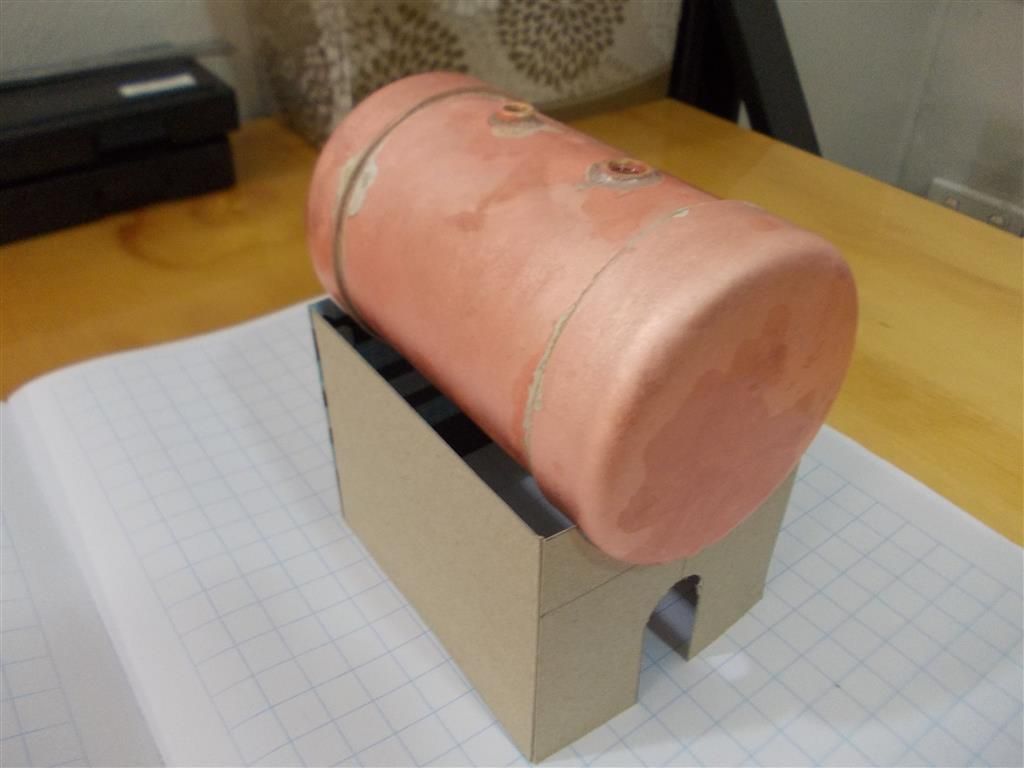Where to position the steam outlet on a horizontal boiler ?
Where to position the steam outlet on a horizontal boiler ?
- This topic has 46 replies, 12 voices, and was last updated 16 September 2015 at 09:20 by
Brian John.
- Please log in to reply to this topic. Registering is free and easy using the links on the menu at the top of this page.
Latest Replies
Viewing 25 topics - 1 through 25 (of 25 total)
-
- Topic
- Voices
- Last Post
Viewing 25 topics - 1 through 25 (of 25 total)


















